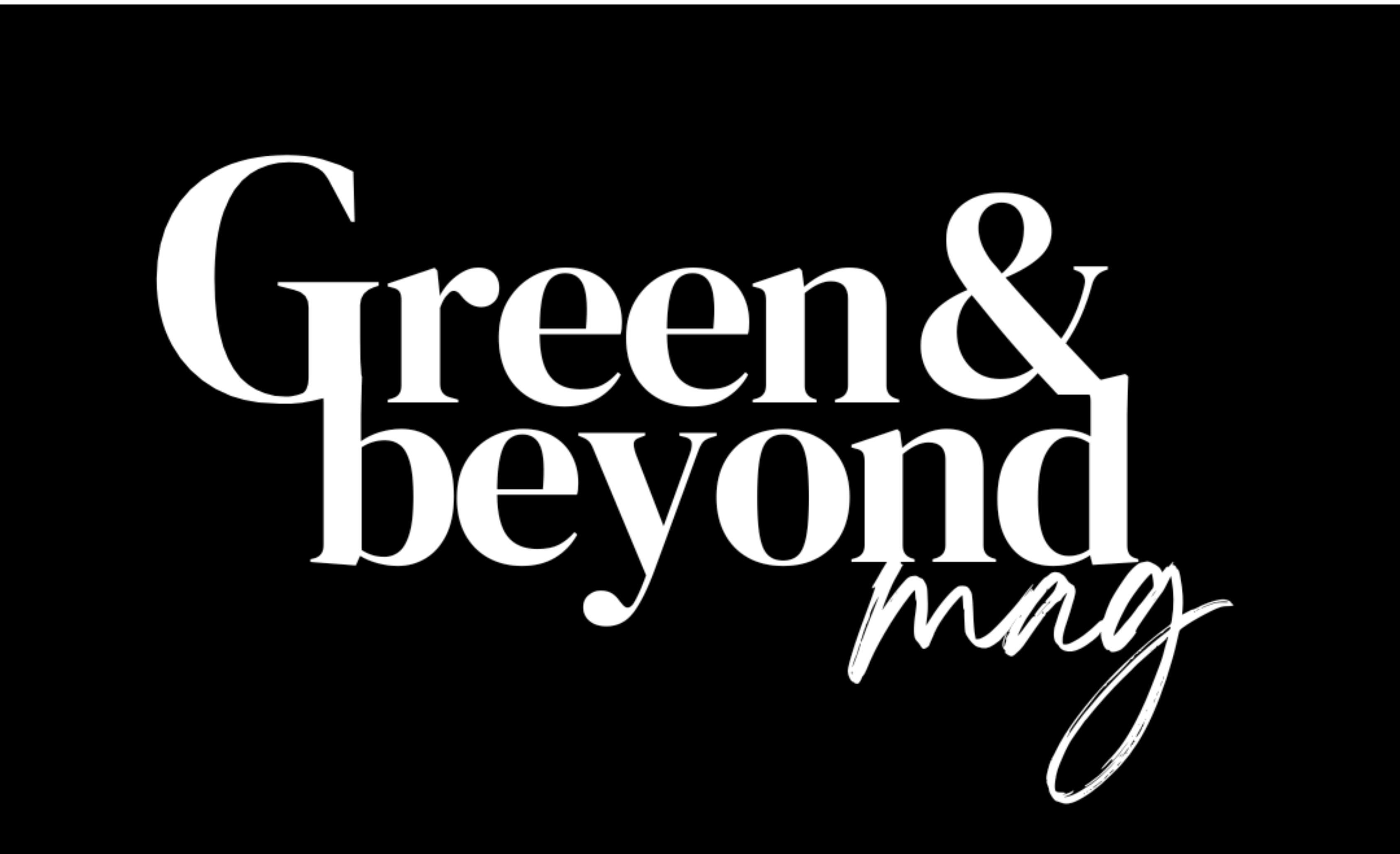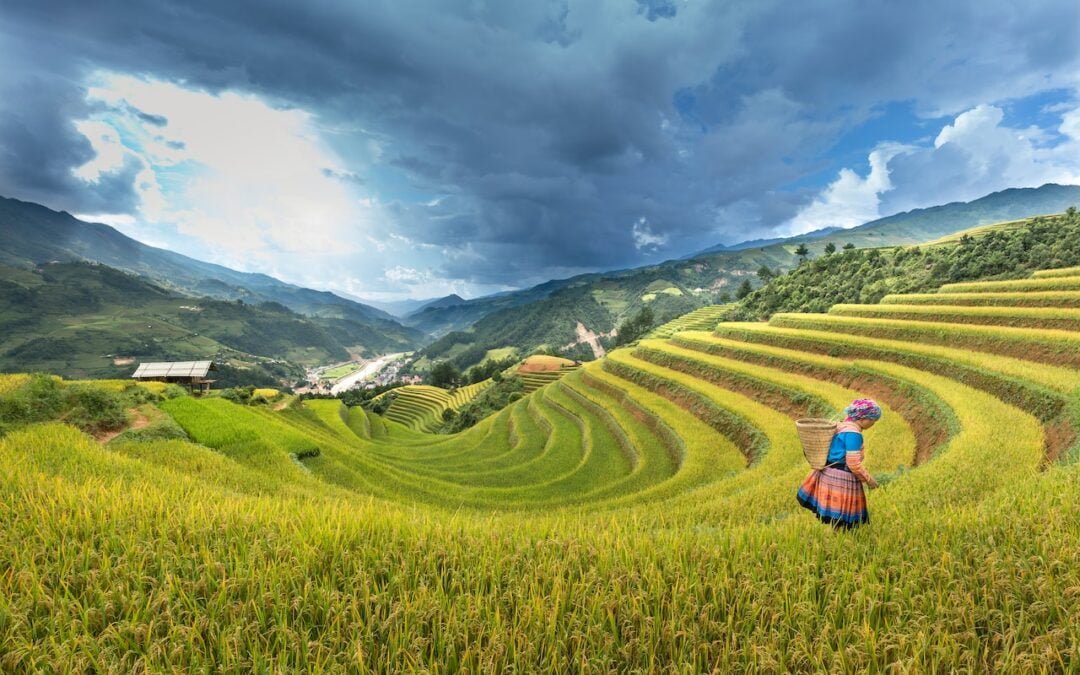
Growing the Future: How Regenerative Agriculture Can Save the Fashion Industry
Can I ask you something? Please don’t get creeped out! Okay. So what are you wearing right now? Are you conscious about what you are wearing? Do you know what happens to this piece of cloth once you are done wearing it for the last time? You might be familiar with these questions by now (as you’re here, exploring an article on a sustainability focused digital magazine!). And just like many others, you might be tired of feeling guilty for buying a t-shirt without knowing how it was made or who made it. As brands are getting more and more sophisticated with their greenwashing tactics, it’s getting tougher for consumers like you, me and many others to choose and buy something that we not only like but also something that’s not harmful for our environment. But there is a solution to all of these problems – Regenerative Agriculture. Still not sure how an agricultural method can solve our problems? Sit tight and let’s delve deeper into the world of regenerative agriculture. Let’s learn together about this solution to the existing problems of the fashion industry.
So what is Regenerative Agriculture?
Before getting to that, let’s try to understand why we need to remember such a tough term like “Regenerative Agriculture”. The fashion industry is one of the largest consumers of agricultural products, using materials such as cotton, wool, silk, and leather to make clothes, shoes, and accessories. The problem is that the conventional fashion industry (the fast fashion industry) relies on monoculture for these materials. Monoculture is the practice of cultivating a single crop or type of garment in large quantities, which is done to maximize efficiency and profit.
But that doesn’t sound bad, right? Here’s the catch – the fast fashion industry relies heavily on monoculture because it helps the industry to streamline the production and distribution process, reduce cost and mostly because it increases profit for the industry. But by now we know that everything comes at a price, don’t we? Monoculture practices are seriously detrimental to our environment. It decreases soil quality, increases pests and pesticides, negatively impacts biodiversity. Not only does monoculture contribute directly to climate change by increasing methane emissions and causing water depletion but also to transport these commercial products worldwide, a huge amount of fossil fuel is needed – which is the main contributor to the climate crisis.
Regenerative Agriculture – the answer to the problem

While it’s tough to find a proper official definition of regenerative agriculture, it can be said that – regenerative agriculture is a holistic approach of farming that focuses on improving soil health, water and air quality, protects biodiversity, stores carbon and ensures social justice. It is such an approach which includes issues like community health, cultural resilience and human rights too. This means, regenerative agriculture does not only focus on the betterment of the environment but also focuses on the quality of the lives of the people who are practicing it.
But, beware of the fact that big brands are using the term “regenerative agriculture” now-a-days too to greenwash us and make us purchase their goods because they know that this term is being searched heavily on the internet (because we consumers are caring more and more about conscious consumerism with every passing day!). Brands are not just using this term to attract customers but they are completely ignoring the fact that – regenerative agriculture as a method does care about the community of farmers who are practicing it. Brands are more comfortable in bypassing the fact that this method of farming originated from the BIPOC communities and they have been practicing it at different corners of the world for a very long time.
But first let’s try to understand –
Some of the basic principles of Regenerative Agriculture
You can find different numbers of principles of this method of farming but to understand it a bit more easily I picked the principles mentioned by the Regenerative Organic Alliance (ROA), and they are:
- Soil Health and Land Management : focuses on enhancing soil moisture retention, lowering carbon dioxide concentration in the atmosphere, sustaining soil composition to combat soil deterioration, improving crop performance and overall biodiversity.
- Animal Welfare : which ensures that the animals are grass-fed/ pasture raised, there are no CAFOS ( Concentrated Animal Feeding Operation – are industrial agriculture factories ) in the process, the animals have suitable and healthy shelter, the need for transportation stays as minimal as possible, and the five freedoms of animal welfare. The five freedoms are – freedom from discomfort, freedom from fear and distress, freedom from hunger, freedom from pain, injury or disease, freedom to express normal behavior.
- Social Fairness: which focuses on capacity building, democratic organizations, fair payment for farmers, freedom of association, good working conditions, living wages, long term commitments, no forced labor, transparency and accountability.



It’s high time for Regenerative Agriculture to revolutionize the Fashion Industry because….
You’re probably already aware that the fashion industry is one of the biggest polluters in the world. It accounts for 10% of the world’s carbon emissions. According to the calculation of statista, the approximate CO2 emission by the fashion industry in 2019 was 1.01 gigatons, which is estimated to increase to 1.6 gigatons unless no drastic action is taken by the industry.
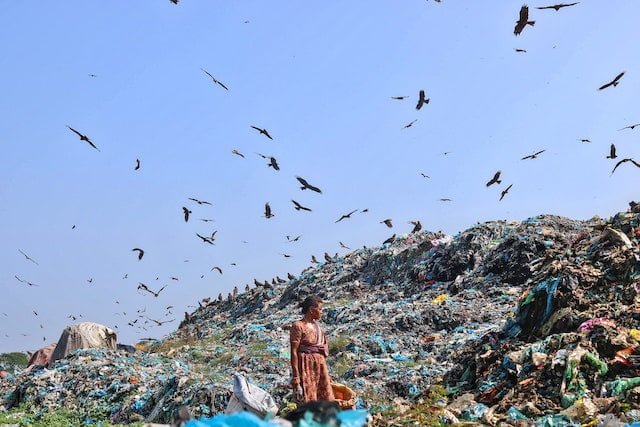
But, I know that you are still asking what all of these have to do with regenerative agriculture, right? Let’s put our smart hats on, because we are going to dive deeper into that answer now!
The fashion industry, the fast fashion industry to be more precise, has become obsessed with synthetic fibers. In the 21st century, for the first time in the history of homo sapiens, polyester has overtaken cotton as the main textile fiber. Bloomberg mentioned that the global market for polyester yarn is expected to grow from $106 billion in 2022 to $174.7 billion by 2032. They also state that, – yearly polyester fiber production is projected to exceed 92 million tons in the next 10 years–an increase of 47%. Polyester currently accounts for about 54% of the fiber production for clothing – can you guess what the main source of polyester is? The answer is fossil fuel-based chemicals, the primary raw material of which is crude oil ! Now, do we really need anymore data to discuss why fossil fuel is bad for our environment or how it is contributing to climate change? I really think we don’t !
Still not sure why we should focus on real Regenerative?
Now you are probably thinking that cotton is the “good guy” in this story, making polyester which has taken over cotton, the “bad guy”. But please allow me to tell you that this is where the twist of the story gets more intensified!
According to sustainable fiber and materials non-profit Textile Exchange, 26.2 million tons of cotton is produced each year. Still the larger portion of this production is yet to become sustainable, organic or regenerative. 22.5% of the world’s insecticides and 10% of all pesticides are used for monoculture cotton farming – this does not just pollute our environment by emitting methane, it pollutes our water, degrades the quality and fertility of our soil, affects biodiversity through its toxic chemical reactions and creates health problems ( farmers and final users – consumers both can be affected ) due to high agrochemical levels applied.
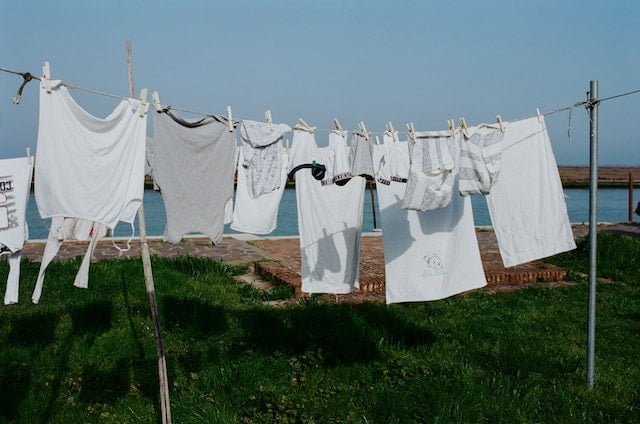
Regenerative farming method offers solutions to all of these problems. By sourcing materials that are grown using regenerative practices, clothing brands can reduce their environmental impact and improve the sustainability of their supply chains. Not to mention regenerative agriculture can help mitigate the effects of climate change by sequestering carbon in the soil and this can be an important selling point for clothing brands looking to reduce their carbon footprint (TOMS, 2021). Fashion farmers can reduce the need for inputs like fertilizer and pesticides, which can save farmers money and reduce their environmental impact. Also, as regenerative practices improve soil health, it can increase crop yields and that can be really profitable for the farmers in the long run.
Now, what can you do as a consumer?
Well the first thing that you can do as a conscious consumer is not buy anything that you don’t need. And if you really need something and can’t find it secondhand or borrow it from a friend, then and only then you get the amazing opportunity to support regenerative agriculture through your conscious purchase decisions.
But, as I have mentioned earlier, brands are deep into greenwashing when it comes to terms like “regenerative”. You might be thinking now how to find authentic brands that promote regenerative agriculture. Don’t worry, I got your back. (Though you should really check brands by yourself too before buying and please let me know if you find any information faulty, here in this article)
Some of the Fashion Brands that are supporting Regenerative Agriculture :
Patagonia : Patagonia is a clothing brand that has been leading the way in regenerative fashion since the 1970s. The company is committed to creating sustainable products that minimize their environmental impact, using materials like organic cotton, recycled polyester, and natural fibers. Patagonia is also dedicated to fair labor practices and supports the workers that produce their products. The company has a strong focus on activism and environmentalism and has donated substantial amounts of money to environmental causes. Patagonia’s regenerative approach to fashion has made them a leader in the industry and a role model for other brands to follow.
Christy Dawn : Christy Dawn is a clothing brand that creates timeless, vintage-inspired pieces using sustainable and ethical practices. The brand is committed to minimizing waste and environmental impact by using deadstock and recycled fabrics, as well as natural dyes. Christy Dawn also supports local artisans and fair labor practices, ensuring that the people who make their products are treated with respect and paid fairly. Their designs are classic and feminine, with a focus on comfort and versatility. By prioritizing sustainability and ethics, Christy Dawn is setting a new standard for responsible and regenerative fashion.
The North Face : The North Face is a well-known outdoor clothing and equipment brand that has made a commitment to sustainability and regenerative practices. The company uses recycled and responsible materials, such as recycled polyester and down, to minimize their environmental impact. They are also dedicated to reducing waste and have implemented a circular model to reduce the amount of clothing that ends up in landfills. The North Face has a strong focus on transparency and is committed to ethical practices throughout its supply chain. The company also supports various environmental initiatives and organizations, including The Conservation Alliance and Leave No Trace. Through their sustainability efforts, The North Face is leading the way in responsible and regenerative outdoor fashion.
Seed2Shirt : Seed2Shirt is an American clothing brand that is committed to creating sustainable and ethical products from seed to shirt. The brand uses organic cotton that is grown using regenerative practices, which help to rebuild soil health and reduce carbon emissions. They also use natural dyes and minimize waste throughout their production process. Seed2Shirt is dedicated to supporting local communities and fair labor practices, ensuring that its products are made with care and respect for both people and the environment. Their designs are simple and timeless, with a focus on comfort and sustainability. Through their regenerative approach to fashion, Seed2Shirt is setting a new standard for responsible and ethical clothing production.
Oshadi : Oshadi is an Indian clothing brand that creates sustainable and ethical products using traditional techniques and natural materials. The brand uses organic cotton, linen, and silk, as well as natural dyes made from plants and herbs, to minimize their environmental impact. Oshadi works with local artisans and weavers to create their products, supporting traditional crafts and fair labor practices. The brand is committed to transparency and traceability, and customers can learn about the people and processes behind each of their products. Oshadi’s designs are minimalistic and timeless, with a focus on comfort and sustainability. Through their regenerative approach to fashion, Oshadi is preserving traditional crafts and creating a more sustainable and ethical fashion industry.
Sheep Inc. : Sheep Inc. is a fashion brand that produces naturally carbon-negative clothing made from merino wool sourced from regenerative sheep stations in New Zealand. The brand’s supply chain is built from the bottom up, starting with the sheep, and all of its suppliers work with innovative sustainable manufacturing methods that contribute a low amount of CO2 emissions compared to traditional fashion brands. Each garment is traceable, and it comes with its own sheep that can be tracked, named, and followed through an NFC tag in the hem of the sweater. Sheep Inc. invests 5% of its revenue in regenerative biodiversity projects through its Impact Fund investment strategy. Their knitwear is soft, sweat-wicking, and odour-repelling, with a zero-waste 3D Wholegarment® design, made using Japanese Shima Seiki machines powered by 100% solar power. By prioritizing sustainability and regenerative practices, Sheep Inc. is setting a new standard for responsible and ethical clothing production.
Harvest & Mill : Harvest & Mill is a sustainable clothing brand that creates its products using organic cotton, and a closed-loop manufacturing process that minimizes waste and water use. The brand’s products are handcrafted in small batches, and each piece is made with care and attention to detail. Harvest & Mill is committed to supporting local communities and fair labor practices, ensuring that the people who make their products are treated with respect and paid fairly. Their designs are simple and versatile, with a focus on comfort and sustainability. By prioritizing regenerative practices and ethical production, Harvest & Mill is setting a new standard for responsible and sustainable fashion.
Organic Basics : Organic Basics is a sustainable and ethical fashion brand that produces high-quality basics for men and women using organic and recycled materials. The brand’s products are designed to last, with timeless styles that are made to be worn and loved for years to come. Organic Basics is committed to transparency and traceability, and customers can learn about the people and processes behind each of their products. They work with certified factories that prioritize fair labor practices and sustainable manufacturing methods. The brand also invests in various environmental initiatives, including offsetting their carbon emissions and supporting regenerative agriculture. With a focus on sustainability and ethics, Organic Basics is setting a new standard for responsible and regenerative fashion.
Terra Thread : Terrathread is a sustainable and ethical fashion brand that creates high-quality bags and accessories using organic cotton and other eco-friendly materials. The brand’s products are handcrafted by artisans in India using traditional techniques, ensuring that each piece is unique and made with care. Terrathread is committed to sustainability and ethical production, and they work with small-scale producers and suppliers who prioritize fair labor practices and sustainable manufacturing methods. The brand also invests in various environmental initiatives, including reforestation and regenerative agriculture. Their designs are minimalistic and versatile, with a focus on functionality and sustainability. By prioritizing regenerative practices and ethical production, Terrathread is setting a new standard for responsible and sustainable fashion.
Bedstraw + Madder : Bedstraw & Madder is a sustainable underwear brand that focuses on regenerative farming and natural plant dyes. The company aims to create clean and healthy clothes without the use of pesticides or chemicals, by reviving the ancient wisdom of natural dyes. The brand leases land to grow its own cotton, ensuring full traceability of fabrics and sequestering carbon to combat climate change. Bedstraw & Madder partners with local communities in India, providing them with sustainable livelihoods and passing on ancient traditions and wisdom. The brand sells directly to consumers to make ethical and sustainable underwear affordable. Bedstraw & Madder is committed to transparency and ensures that its products are fully sustainable by ensuring farming, textile manufacturing, and sales are all done in-house.
California Cloth Foundry : California Cloth Foundry is a climate beneficial textiles and apparel company that creates high-quality clothing using natural fibers and regenerative practices. The brand designs and produces its products in-house, ensuring full transparency and traceability. California Cloth Foundry’s clothing is made using natural dyes derived from plants, and they work with local farmers to source organic cotton and linen. The brand is committed to regenerative agriculture, and they use compost and other natural methods to improve soil health and sequester carbon. California Cloth Foundry’s designs are timeless and versatile, with a focus on comfort and sustainability. By prioritizing regenerative practices and ethical production, California Cloth Foundry is setting a new standard for responsible and sustainable fashion.
Lotta Ludwigson : Lotta Ludwigson is a German fashion brand that focuses on regenerative fashion. The brand’s mission is to create sustainable and long-lasting clothing using innovative and eco-friendly materials. Their designs are minimalistic and timeless, aiming to reduce waste and promote a circular fashion economy. Lotta Ludwigson also supports local production and ethical labor practices, ensuring that their products are made with care and respect for both people and the environment. Through their regenerative approach to fashion, Lotta Ludwigson is setting a new standard for sustainable and ethical fashion practices.
TŪNIQ : TUNIQ is a regenerative fashion label that combines craftsmanship with ethical and sustainable practices. The brand prioritizes fair labor practices, local sourcing, and fair pricing to avoid exploitation throughout the production process. TUNIQ advocates for a decolonized world and promotes sustainability by using local fabrics, natural dyes, and eliminating plastic from their packaging. Their products are gender-neutral and created through a six-step traditional process involving seven artisans. Supporting TUNIQ through their collection or journal is a way to aid their small, independent brand, which is committed to creating a more sustainable and ethical fashion industry.
Kinabuhi : Kinabuhi is a sustainable fashion brand that creates high-quality bags and accessories using upcycled and natural materials. The brand’s products are handmade by artisans in the Philippines, using traditional techniques and sustainable practices. Kinabuhi is committed to sustainability and ethical production, and they work with local communities to source materials and create job opportunities. The brand also invests in regenerative agriculture and reforestation projects, helping to combat deforestation and promote biodiversity. Their designs are unique and functional, with a focus on sustainability and style. By prioritizing regenerative practices and ethical production, Kinabuhi is setting a new standard for responsible and sustainable fashion.
Solai : Solai is a sustainable fashion brand that creates high-quality, timeless pieces using sustainable and regenerative practices. The brand’s products are made using natural materials, such as organic cotton and linen, and they work with local artisans to create unique designs that are both stylish and sustainable. Solai is committed to reducing their environmental impact and invests in regenerative agriculture and reforestation projects to help combat climate change. The brand also prioritizes ethical production and works with small-scale producers and suppliers who prioritize fair labor practices and sustainable manufacturing methods. Solai’s designs are versatile and made to last, with a focus on comfort and sustainability. By prioritizing regenerative practices and ethical production, Solai is setting a new standard for responsible and sustainable fashion.
Want to learn more?
It is impossible to talk all about regenerative agriculture or regenerative fashion in just one article. But it is also understandable if you still have a lot of questions about these topics. To quench your thirst I have tried to come up with a list of books and documentaries that can help you to learn more about these topics.
Books:

- Regenerative Fashion – Safia Minney : According to Goodreads, this book is part guide and part manifesto, which shares stories of our interconnectedness with the natural world and each other, divided into sections on Nature & Materials; People, Livelihoods & Crafts; and New Economy & Leadership.
Regenerative Fashion presents a roadmap for new ways of doing fashion.
– Goodreads

- Fibershed: Growing a Movement of Farmers, Fashion Activists, and Makers for a New Textile Economy – Rebecca Burgess : According to Goodreads, the readers of Fibershed will learn how natural plant dyes and fibers such as wool, cotton, hemp, and flax can be grown and processed as part of a scalable, restorative agricultural system. Also, they will learn about milling and other technical systems needed to make regional textile production possible.
Fibershed is a resource for fiber farmers, ranchers, contract grazers, weavers, knitters, slow-fashion entrepreneurs, soil activists, and conscious consumers who want to join or create their own fibershed and topple outdated and toxic systems of exploitation..
– Goodreads

- Braiding Sweetgrass: Indigenous Wisdom, Scientific Knowledge and the Teachings of Plants – Robin Wall Kimmerer : According to Goodreads, the writer Robin Wall Kimmerer who is a botanist and a member of the Citizen Potawatomi Nation is trained to ask questions of nature with the tools of science and she embraces the notion that plants and animals are our oldest teachers. Goodreads mentions that in Braiding Sweetgrass, the writer brings these lenses of knowledge together to show that the awakening of a wider ecological consciousness requires the acknowledgment and celebration of our reciprocal relationship with the rest of the living world.
For only when we can hear the languages of other beings are we capable of understanding the generosity of the earth, and learning to give our own gifts in return.
– Goodreads
Documentaries:

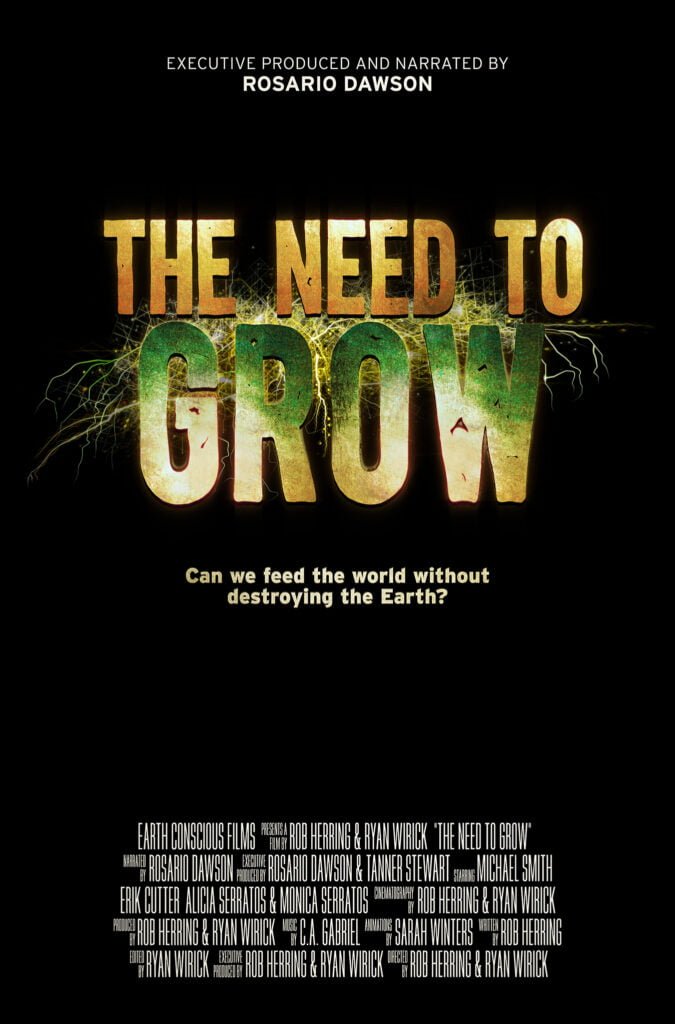
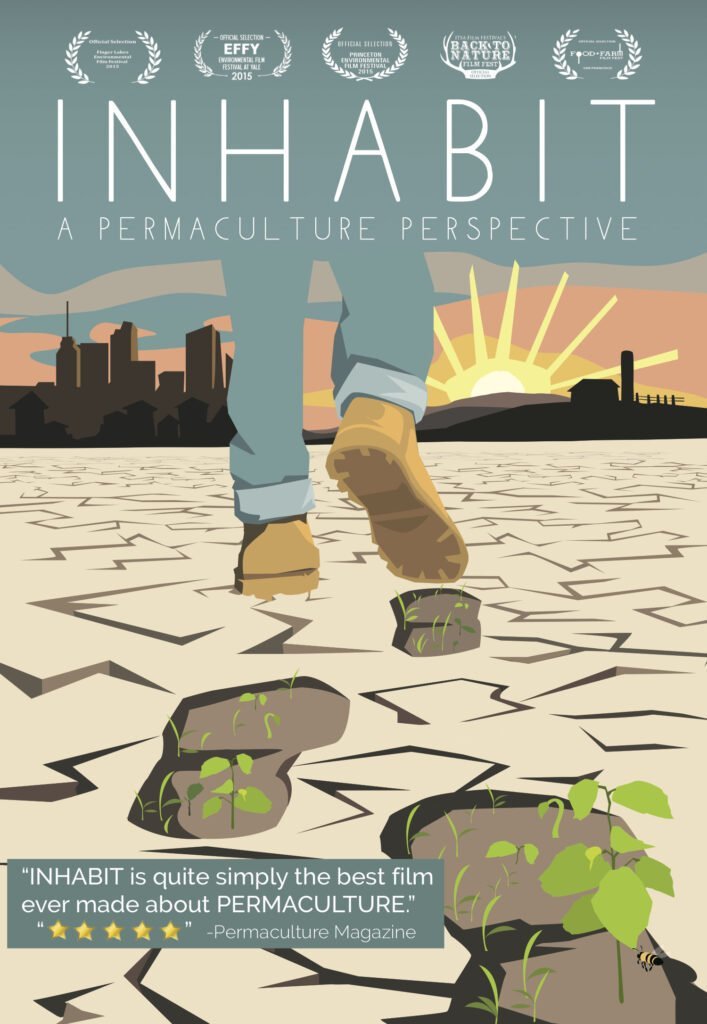

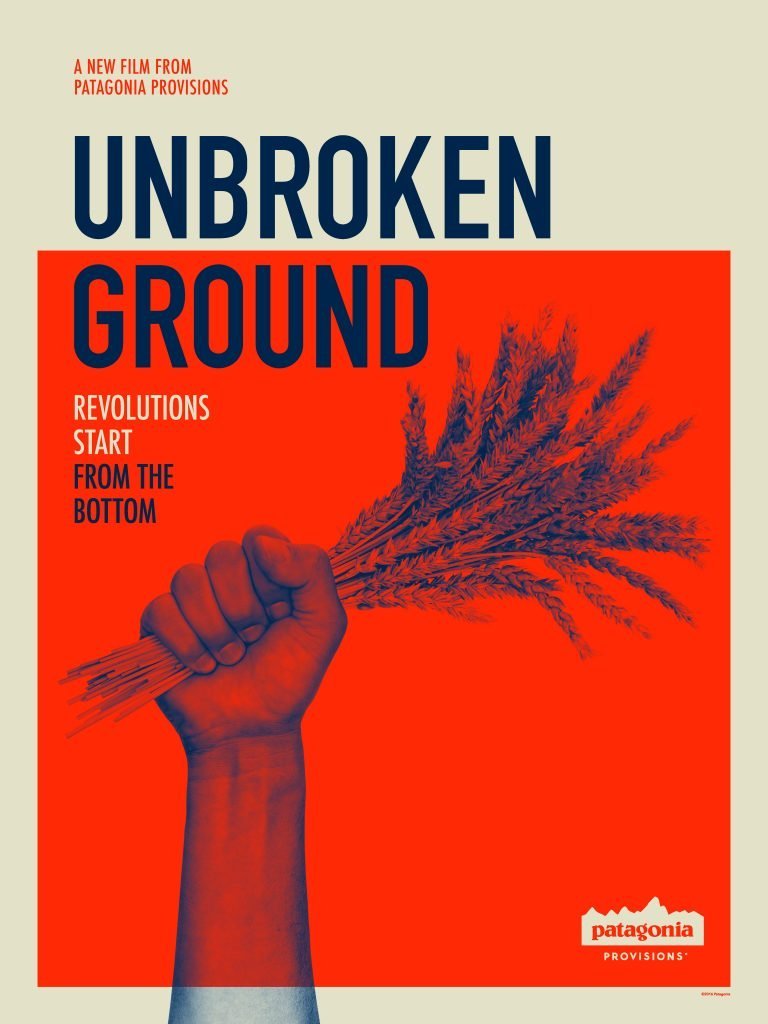
Podcast:


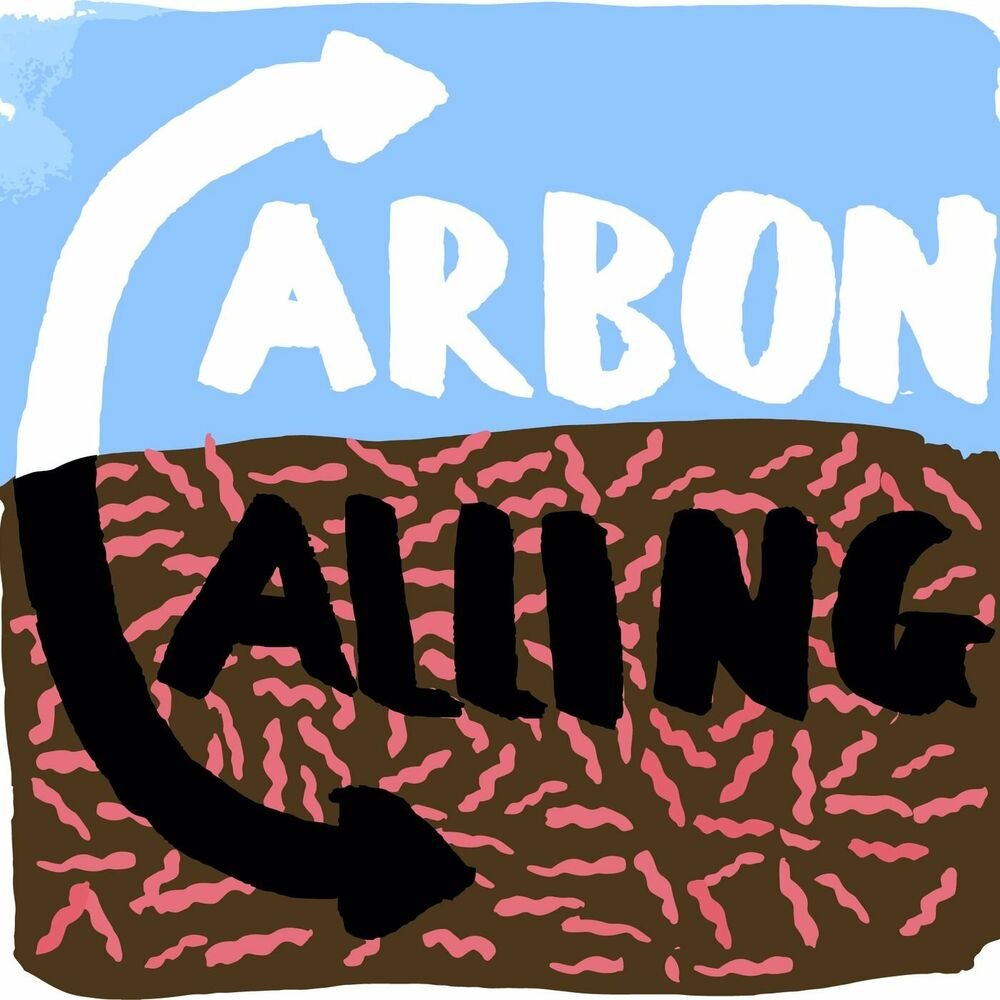
The fashion industry still has a long way to go to become completely green. But, you can be sure that the better days are already here, otherwise you would not have seen so many brands trying to focus on regenerative agriculture and you would not have felt the buzz around this topic either. If you are still feeling ‘eco-shamed’ for wearing a t-shirt which might have used polyester or fibers produced by monoculture – please don’t. We all need to remember that, we all have the ability to be an advocate for our planet from right now, because when it comes to “giving back to our planet”, it’s never too late. So, it’s time for you to cheer up, be happy about the positive things that are happening around you and it’s time for you to be a part of the movement of “regeneration”. I know and believe that you are quite capable of finding out a part which will be best, just for you to become a part of this global movement.
